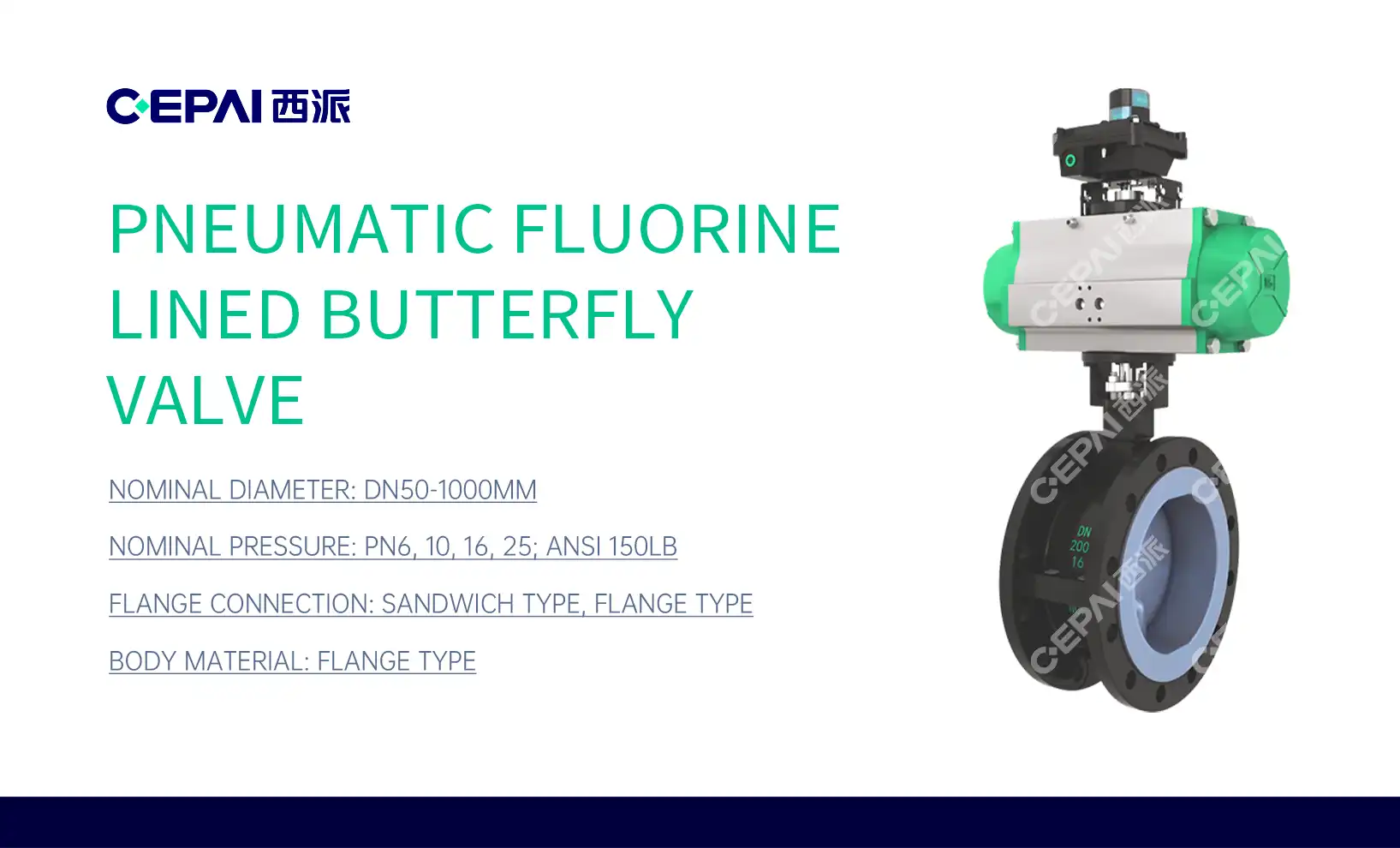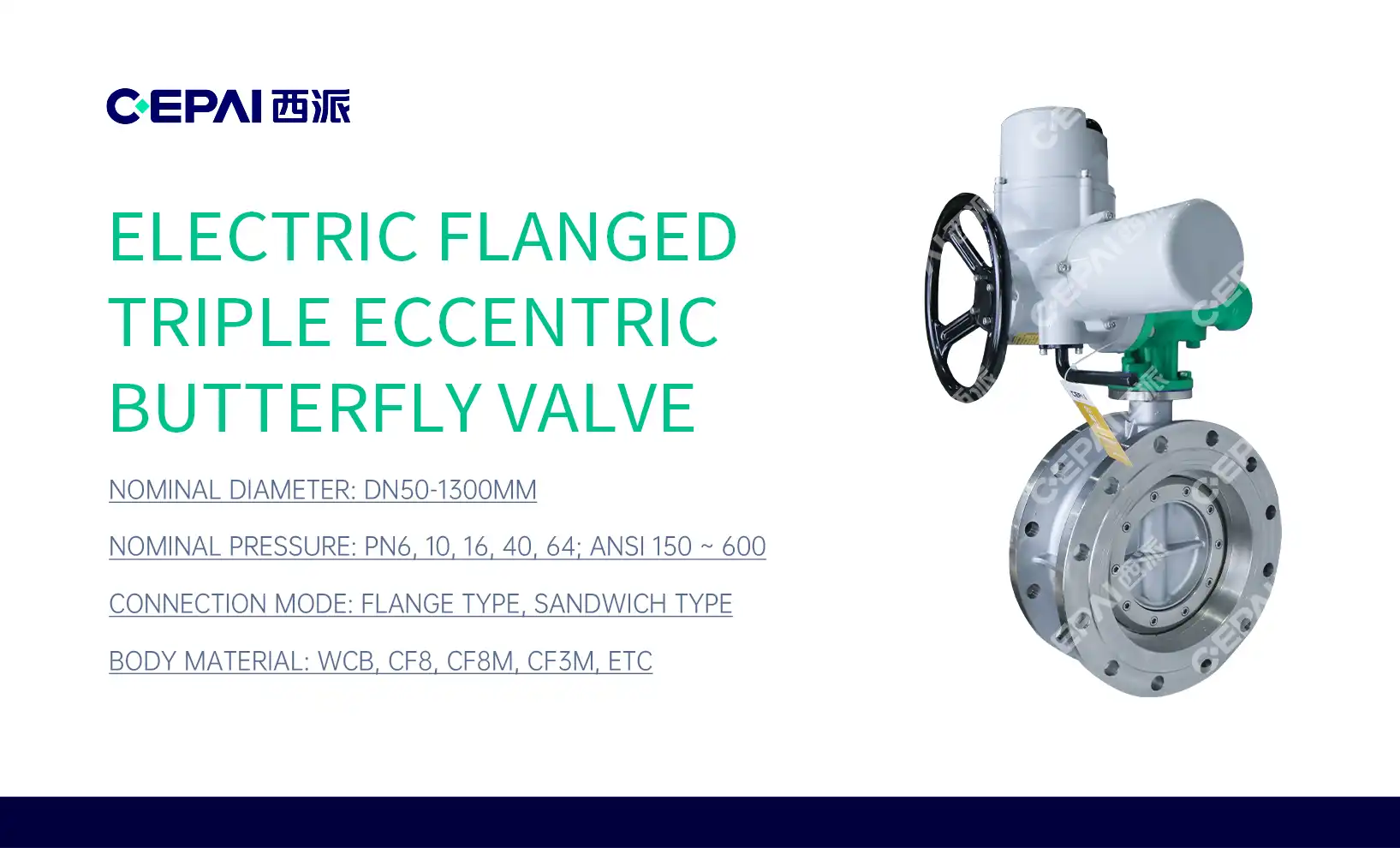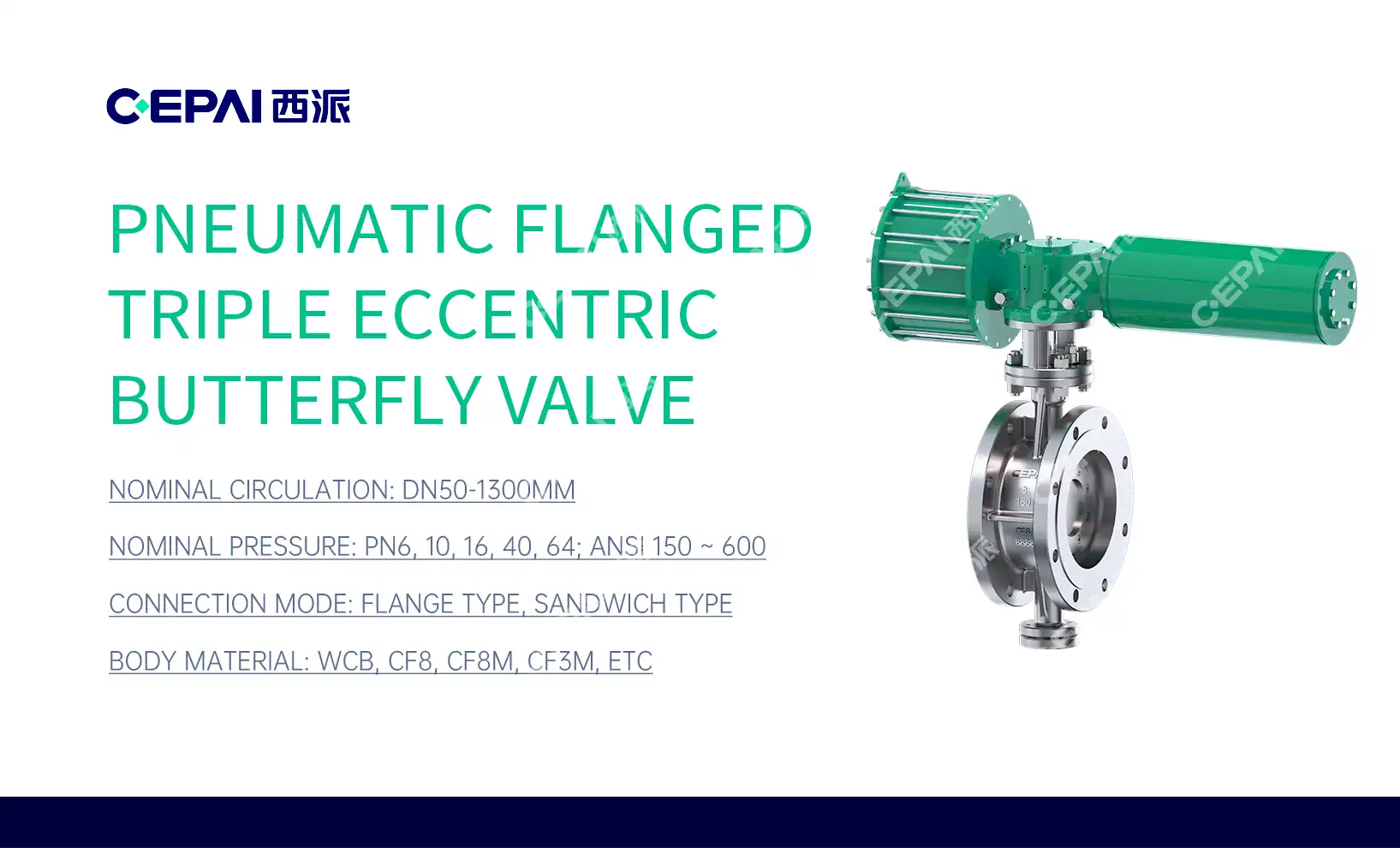Understanding the Basics of Electric and Motorized Ball Valves
Definition and Core Components
Electric ball valves and motorized ball valves are both automated control devices used in fluid systems. At their core, they consist of a ball valve mechanism and an electric actuator. The ball valve itself is a quarter-turn valve that uses a hollow, perforated ball to control flow. When the ball's hole aligns with the flow path, it allows fluid to pass through. When rotated 90 degrees, it blocks the flow.
The electric actuator is the component that provides the rotational force to turn the ball. It typically includes an electric motor, gearing, and control circuitry. In electric ball valves, this actuator is often integrated into the valve body as a single unit. Motorized ball valves, however, usually have the actuator as a separate component attached to a standard ball valve.
Operating Principles
Both types of valves operate on similar principles. When activated, the electric motor in the actuator turns, which is translated through gearing to rotate the Electric ball valve. This rotation either opens or closes the valve, depending on the initial position and the control signal received.
The control signal can come from various sources, such as a control room, a local switch, or an automated system. Many modern valves also incorporate position sensors and feedback mechanisms to provide precise control and monitoring of the valve's status.
Applications in Industry
Electric and motorized ball valves find extensive use in various industries, particularly in oil and gas drilling and production. They're crucial in controlling the flow of oil, gas, and other fluids in pipelines, wellheads, and processing facilities. These valves are also widely used in water treatment plants, chemical processing, power generation, and HVAC systems.
In the oil and gas industry specifically, these valves play a vital role in emergency shutdown systems, flow control in production lines, and in managing the distribution of products through complex pipeline networks. Their ability to be remotely controlled and integrated into automated systems makes them invaluable in modern industrial operations.
Key Differences Between Electric and Motorized Ball Valves
Design and Construction
The primary difference between electric and motorized ball valves lies in their design and construction. Electric ball valves are typically designed as integrated units, with the actuator built into the valve body. This results in a more compact and streamlined design, often with better protection for the actuator components.
Motorized ball valves, conversely, consist of a standard ball valve with an electric actuator attached externally. This modular design allows for more flexibility in terms of maintenance and replacement of individual components. It also means that existing manual ball valves can be retrofitted with motorized actuators if automation is required.
Performance Characteristics
In terms of performance, both types of valves can offer similar levels of control and reliability. However, electric ball valves, due to their integrated design, often provide faster response times and can be more suitable for applications requiring frequent cycling or precise control.
Motorized ball valves, with their separate actuator design, may offer advantages in terms of torque output. The external actuator can often be sized independently of the valve, allowing for higher torque capabilities when needed for larger valves or higher pressure applications.
Maintenance and Serviceability
Maintenance requirements and serviceability can differ significantly between the two types. Electric ball valves, with their integrated design, may be more challenging to service in the field. If the actuator fails, it often means replacing the entire valve assembly.
Motorized ball valves offer more flexibility in this regard. The modular design allows for easier maintenance and replacement of either the valve or the actuator independently. This can lead to lower long-term maintenance costs and reduced downtime in industrial applications.
Choosing Between Electric and Motorized Ball Valves
Factors to Consider
When deciding between electric and motorized ball valves, several factors should be taken into account. These include the specific application requirements, installation environment, maintenance considerations, and long-term operational costs.
For applications requiring a compact design or where space is limited, electric ball valves may be the preferred choice. Their integrated construction often results in a smaller overall footprint. However, if ease of maintenance or the ability to upgrade components independently is a priority, motorized ball valves might be more suitable.
Consider also the operational conditions. In harsh environments where the actuator needs extra protection, the integrated design of electric ball valves could offer an advantage. Conversely, in applications where very high torque is required, or where the ability to easily change out actuators is important, motorized ball valves may be the better option.
Industry-Specific Considerations
In the oil and gas industry, both types of valves have their place. Electric ball valves are often favored in offshore applications where space is at a premium and environmental protection is crucial. Their compact, sealed design can provide better resistance to saltwater and other corrosive elements.
Motorized ball valves, on the other hand, may be preferred in onshore facilities where ease of maintenance is a key factor. Their modular design allows for quicker servicing and reduces downtime during maintenance operations. They're also often chosen for larger pipeline systems where higher torque requirements are common.

Future Trends and Innovations
As technology continues to advance, both electric and motorized ball valves are evolving. Innovations in materials science are leading to valves that can withstand more extreme temperatures and pressures. Integration of smart technologies is resulting in valves with advanced diagnostics and predictive maintenance capabilities.
One emerging trend is the development of "smart" valves that can communicate with central control systems, providing real-time data on valve position, flow rates, and potential issues. This is particularly valuable in the oil and gas industry, where remote monitoring and control are increasingly important for efficiency and safety.
Another area of innovation is in energy efficiency. Newer models of both electric and motorized ball valves are being designed to operate with lower power consumption, an important consideration in large-scale industrial applications where hundreds or thousands of valves may be in operation.
Conclusion
While electric ball valves and motorized ball valves share many similarities, they are not identical. Each type has its own strengths and ideal applications. Electric ball valves offer a compact, integrated design that can be advantageous in space-constrained or harsh environments. Motorized ball valves provide more flexibility in terms of maintenance and component replacement. The choice between the two depends on specific application requirements, installation conditions, and long-term operational considerations. As technology continues to advance, both types of valves are likely to see further improvements in performance, efficiency, and smart capabilities, cementing their crucial role in fluid control across various industries, particularly in oil and gas operations.
FAQs
1. What is the main difference between electric and motorized ball valves?
The main difference lies in their construction. Electric ball valves have an integrated design with the actuator built into the valve body, while motorized ball valves have a separate actuator attached to a standard ball valve.
2. Which type of valve is better for high-pressure applications?
Motorized ball valves often have an advantage in high-pressure applications due to their ability to accommodate larger, more powerful actuators independently of the valve size.
3. Are electric ball valves more difficult to maintain?
Generally, yes. The integrated design of electric ball valves can make field maintenance more challenging, often requiring replacement of the entire unit in case of actuator failure.
Expert Electric Ball Valve Solutions | CEPAI
At CEPAI, we specialize in cutting-edge electric ball valve solutions for the oil and gas industry. Our state-of-the-art manufacturing facility, equipped with the longest high-precision intelligent manufacturing flexible production line in the Asia Pacific region, ensures top-quality products. As a leading electric ball valve supplier, manufacturer, and factory, we offer innovative, reliable, and efficient valve solutions tailored to your specific needs. For expert advice or to discuss your requirements, contact us at cepai@cepai.com.

References
Johnson, A. (2021). "Advanced Valve Technologies in Oil and Gas Operations." Journal of Petroleum Engineering, 45(3), 112-128.
Smith, B. & Thompson, C. (2020). "Comparative Analysis of Electric and Motorized Ball Valves in Industrial Applications." Industrial Process Control Quarterly, 18(2), 75-92.
Lee, K. et al. (2022). "Smart Valve Technologies: The Future of Fluid Control in Oil and Gas." Energy Technology Review, 33(4), 201-215.
Patel, R. (2019). "Maintenance Strategies for Automated Valves in High-Pressure Environments." Journal of Industrial Maintenance & Reliability, 27(1), 38-52.
Garcia, M. & Wong, T. (2023). "Energy Efficiency in Valve Actuation: A Comparative Study." Sustainable Industrial Processes, 12(3), 180-195.
Anderson, L. (2021). "Innovations in Ball Valve Design for Extreme Conditions." Materials Science in Valve Engineering, 39(2), 105-120.

_1746598525968.webp)



